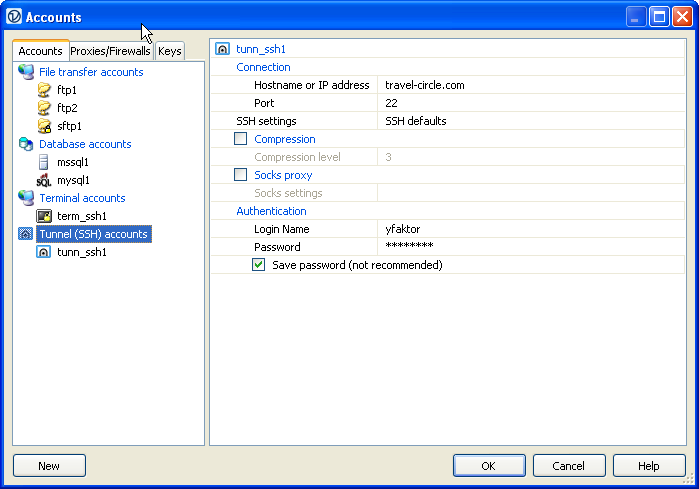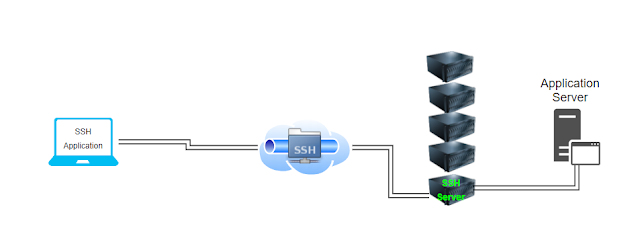
Doing so will allow you to configure PuTTY to your web browser. Configuring a specific** Local** port such as **50002 **will redirect to 80 of your destination server. Please note that you may configure your ports for multiple servers simultaneously. Here is an example from my local machine I would like to go to 172.128.123.10, server port 3389.

Select Local and Auto to activate IPv4 and IPv6. In the Destination field, enter the IP address as well as the destination port. In the Source Port field, enter the local port that will be redirected. In the Tunnels section in PuTTY, configure a specific** Local** port, such as 50001, that will redirect to 3389 of your destination server. If your session already exists, **Load **it as shown below: Enter your Saved Sessions name, and click Save. In your PuTTY configuration, configure the Host Name and Port of your remote SSH computer. In this procedure, we will use Internet Explorer, Firefox and an RDP connection to demonstrate the use of a tunnel with an SSH connection, as well as configuring the tunnel with several other protocol types. This process is achieved through your PuTTY configuration. Furthermore, you can specify a port and a destination IP to have direct access. What you probably weren’t aware of is that you can use a dynamic tunnel to access all remote infrastructure.
Chrome setup ssh tunnel password#
this makes things alot more secure for automation as an alternative to assigning a blank password or something.ĬontrolPath is a way to pipe all your traffic for a given host over one pipe by utilizing a socket file that is created.Most of you have probably used a tunnel with an SSH connection. so, after the initial connection, you wont be prompted for a key password. I've had great results doing something similar to this with SOCKS5 proxies via ProxySwitchSharp for chrome, and host-based ssh configs to pipe data through bastions hosts that exist across multiple production environments! ^_^Ī few tips that might be useful if you wanted to access another server via ssh after your home/ssh server is by utilizing ssh-agent-forwarding as well as ControlPath in the ssh config.Īgent-forwarding when combined with key-based auth will allow you to only unlock the private key ONCE. Here's what my home network settings look like: You'll need to forward it to your raspberry pi internal network address. This means when you connect to your router on port 7000, it will send that traffic to your rpi on port 22. In this example, we're forward external port 7000 from the outside to internal port 22 on the RPI server. I'm going to pick a random and unprivileged port (those above port number 1024). Since port 22 is a privileged port and is frequently scanned.

You'll find port forwarding usually around access control.

Settings on your router To log into your router, typically you type in 192.168.1.1 or 192.168.0.1 into your browser window. For purposes like this, routers come with a feature called "port forwarding" which allows you to route specific traffic to a particular host.

Most everyone has their computers protected from the outside world via the firewall on their router, but we need a way to snake our way through the firewall and onto our RPI. Granting Access To Port 22 The next step is to make sure you can access your raspberry pi from the outside world.


 0 kommentar(er)
0 kommentar(er)
